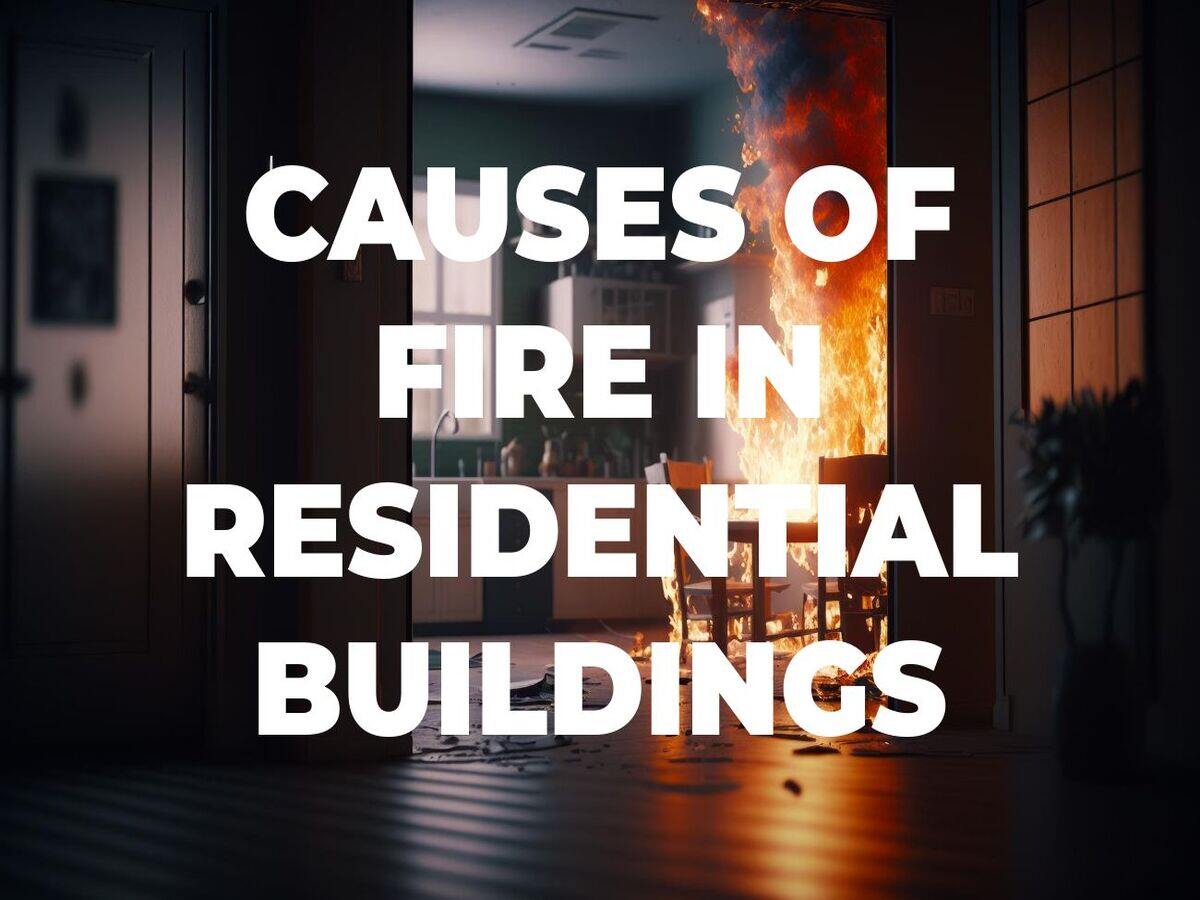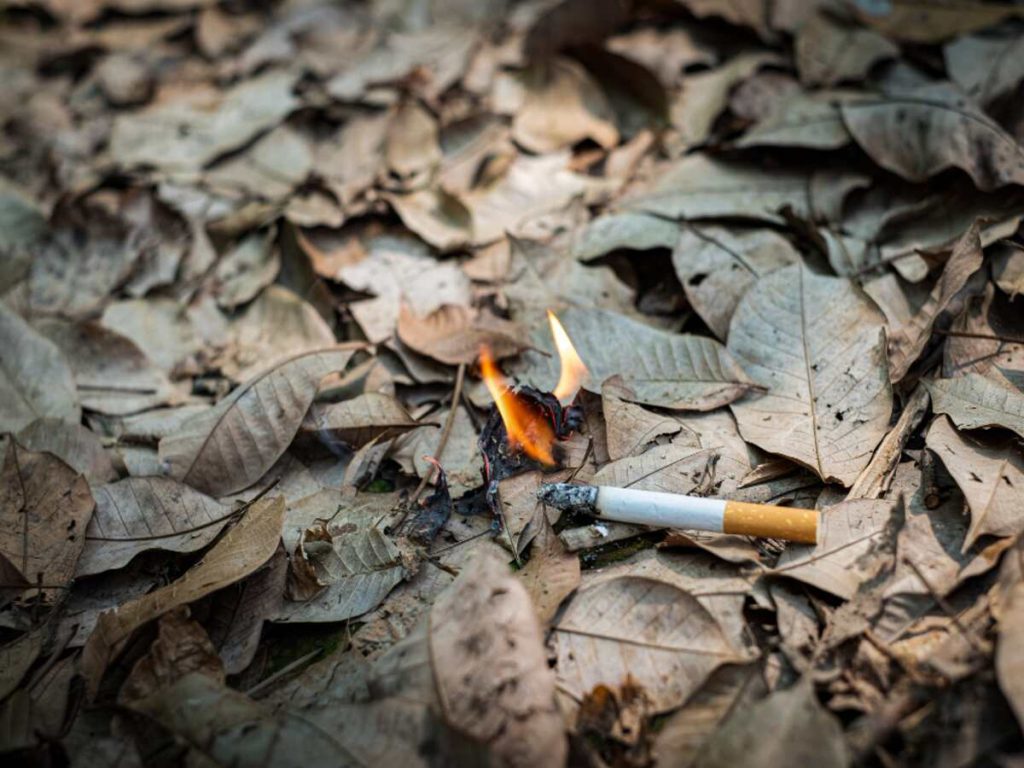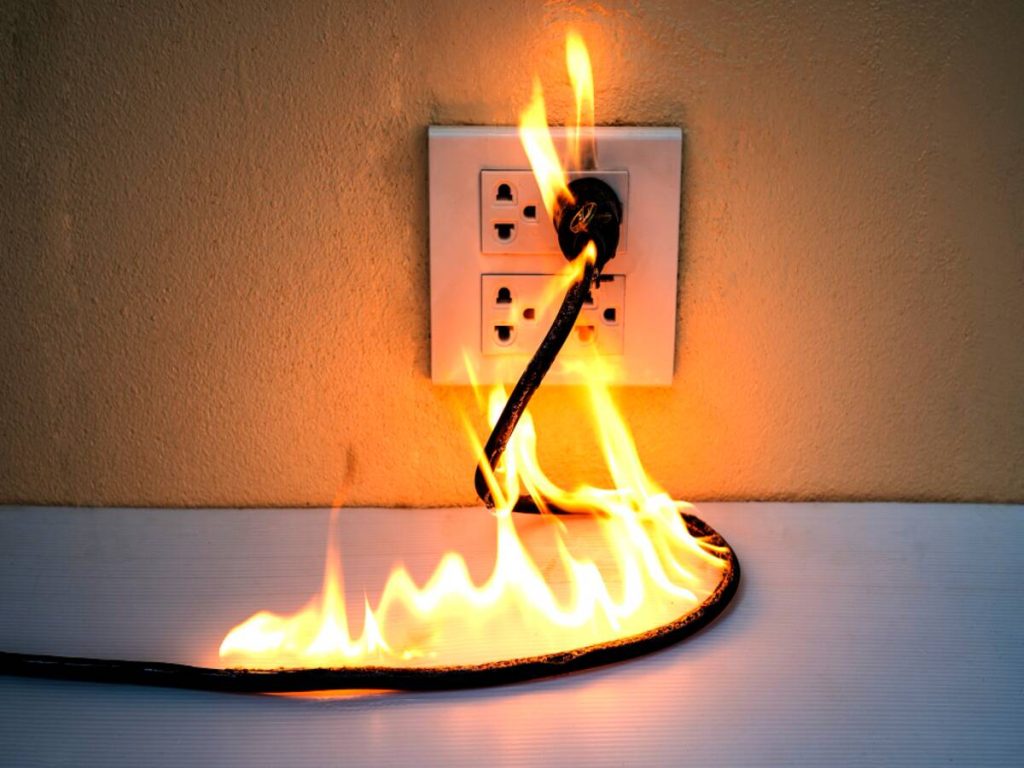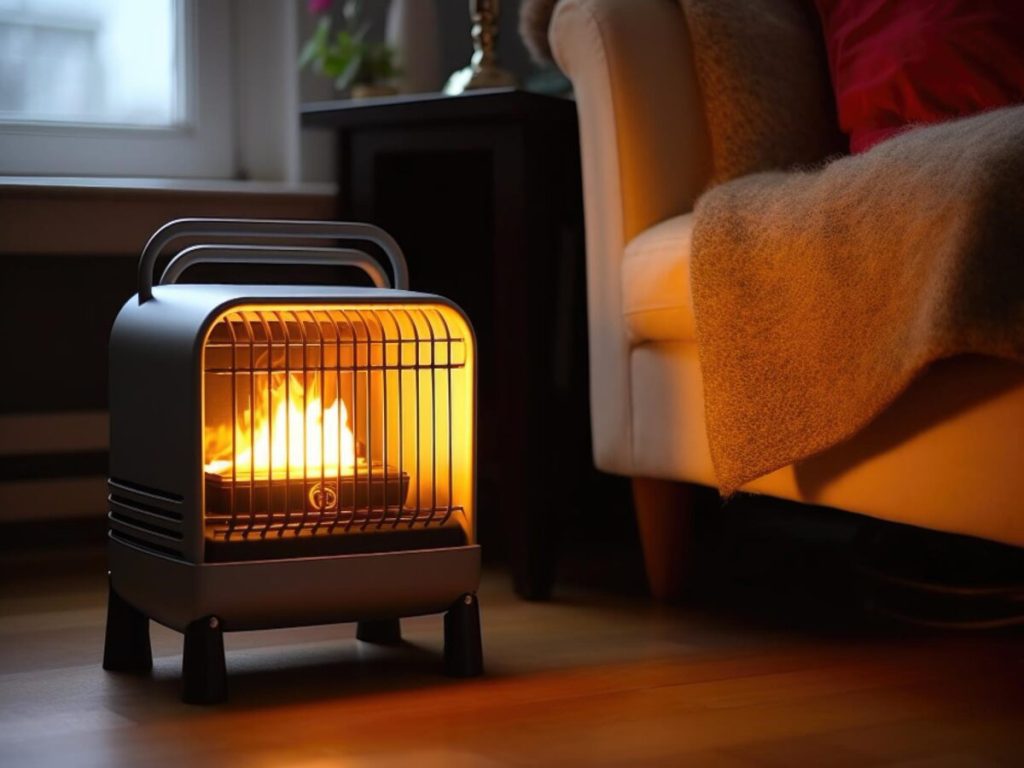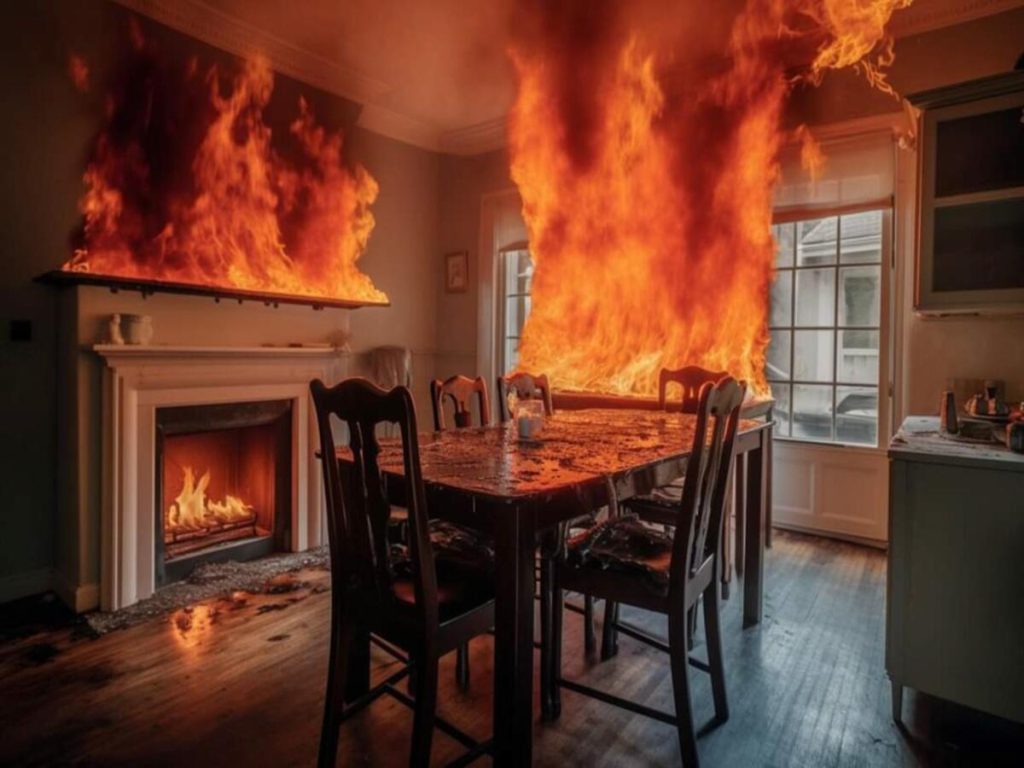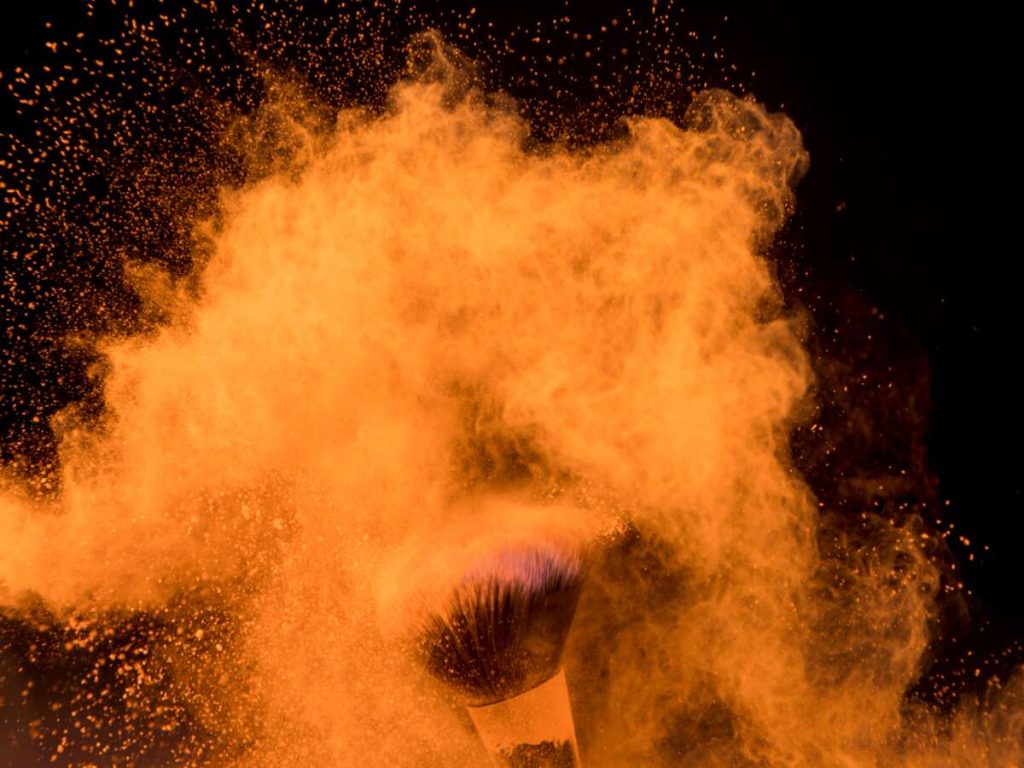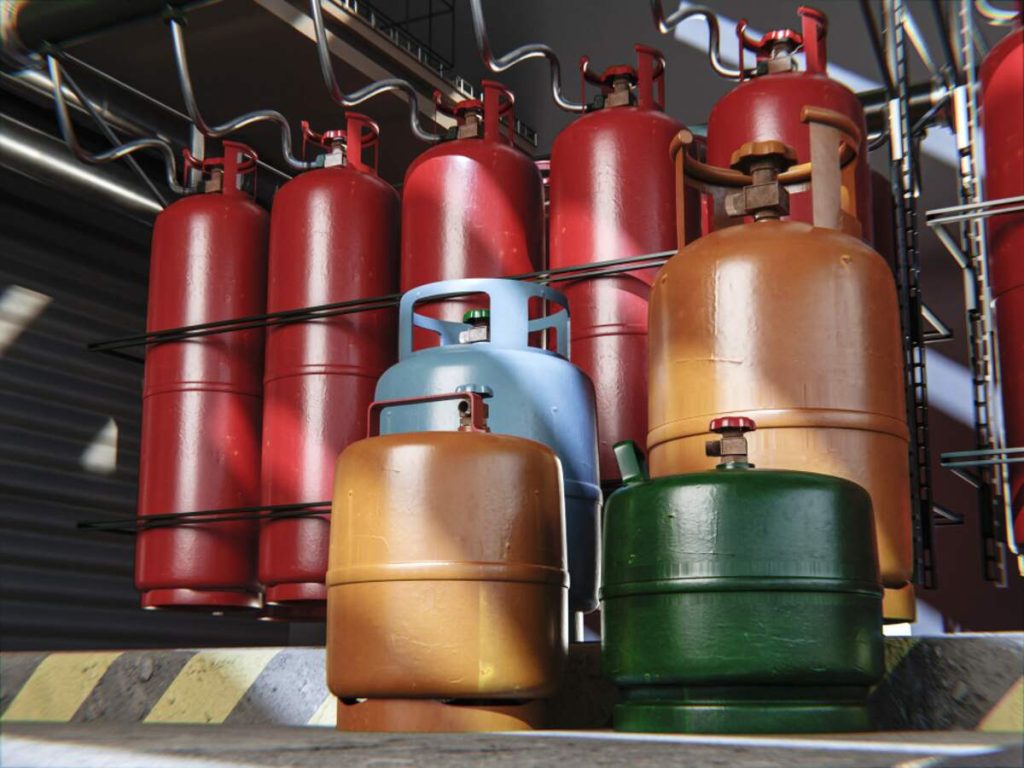Eight Common Causes of Fire In Residential Buildings
A home isn’t just a structure; it’s a heaven where families thrive and create treasured memories. However, amid our homes’ inviting and calming atmosphere, it’s vital to recognize a hazard that often goes unnoticed: the potential for a residential fire. As a reliable provider of safety equipment, it’s crucial to acknowledge the risks associated with the improper use of household tools. Overlooking these risks can lead to severe consequences that shouldn’t be taken lightly.
We’re thrilled to share that by implementing various preventive measures, you can bolster your residence and protect your beloved family members from the common causes of house fires. This enlightening piece will delve into practical strategies to ensure the utmost safety and security for your loved ones in the sanctuary you call home.
Come along with us on this journey as we walk you through the essential aspects of fire prevention tactics, arming you with the necessary knowledge to secure your home’s safety. Your family’s well-being and safeguarding your home take precedence when it comes to fire prevention.
Cooking Equipment
Cooking, a cherished daily ritual that brings families together and fills homes with delightful aromas, also harbours an unexpected danger: the potential for a fire hazard. It stands as one of the primary causes of home fires. It’s astonishing how swiftly a pleasurable cooking experience can turn into a risky situation, with a simple oversight leading to catastrophic consequences.
Imagine you’re preparing a delicious meal, and suddenly, the pot on the stove overheats or splatters scalding oil. A fire can erupt in seconds, endangering your home and loved ones. The rapidity with which a fire stemming from cooking can escalate is a vivid reminder of the vital role vigilance, and safety precautions play in the kitchen.
The crux of thwarting cooking-related fires caused being attuned and watchful. Never leave the kitchen unattended, particularly when cooking with oil or subjecting food to high temperatures. It’s straightforward to be sidetracked by a phone call, a knock at the door, or even a captivating TV show, but these seemingly innocuous distractions can yield dire consequences when cooking is left unchecked.
For an added layer of kitchen safety, it’s imperative to maintain a considerable distance between flammable materials and heat sources. Stove gloves, dish towels, and paper towels—items prone to catching fire—should be stored well away from harm’s way. A mere moment’s consideration in organizing your kitchen can go a long way in averting potential disasters.
Smoking
When it comes to fire prevention, a few factors pose as significant a threat as the negligent act of smoking. It is crucial to remember that even the slightest lapse in judgement can have severe and far-reaching consequences. Whether it’s the combination of lethargy due to external factors like drug use or alcohol consumption, or the simple act of neglecting to extinguish a cigarette properly, the risks are all too real. Therefore, implementing proactive safety measures to minimise these risks is of utmost importance.
Establishing a smoke-free environment is essential to safeguarding against smoking-related fires. This entails the establishment of dedicated, properly ventilated areas designated for smoking purposes while ensuring that smoking is strictly prohibited in bedrooms and other high-risk areas where the likelihood of falling asleep or impaired judgement is elevated. Implementing this straightforward precautionary measure can significantly diminish the possibility of a smouldering cigarette leading to a dangerous fire incident.
Thwarting Lingering Dangers is essential to our commitment to preventing careless smoking material-related fires. It is crucial to understand the potential risks associated with cigarette butts, even after they have been extinguished. Did you know that a smouldering butt can pose a significant fire hazard?
It’s crucial to be aware that even after killing a cigarette, it can potentially retain enough heat to ignite a fire for several hours. Regularly inspecting furniture, cushions, and the surrounding areas for any potential presence of fallen cigarette butts or smouldering embers is strongly recommended to ensure a safe environment.
Electrical Equipment
In the intricate web of modern life, electricity powers almost every facet, from our homes to our workplaces, devices to appliances. Yet, amidst the convenience and comfort electricity provides, it carries concealed dangers that can result in devastating fires. Understanding the mechanisms through which electrical hazards can spark fires is essential not only for the preservation of our homes but also for ensuring the safety of our families.
One of the prime culprits behind electrical fires is overloading circuits and faulty wiring. Overloading transpires when numerous appliances draw power from a single circuit, causing it to overheat and potentially trigger a fire. Simultaneously, faulty wiring, encompassing compromised insulation or loose connections, can give rise to electrical faults, arcs and sparks that can easily ignite combustible materials nearby.
Another dangerous practice involves the misuse of extension cords. While these cords serve as convenient conduits for power, they can transform into fire hazards when improperly employed. Prolonged use, running cords beneath rugs or carpets, or connecting multiple high-powered devices to a solitary extension cord can culminate in overheating and, eventually, ignition.
The age of a building’s electrical systems can also be pivotal in fire initiation. Outdated systems need more capacity to accommodate the demands of modern technology, increasing the likelihood of electrical glitches and ensuing fires. In such cases, upgrading to contemporary electrical setups is a prudent choice to curtail the potential risk significantly.
Heating Equipment
In a country characterized by its tropical climate, the use of heating equipment might not be a regular occurrence. Nevertheless, the potential risks tied to these appliances cannot be overlooked. Understanding how heating equipment can inadvertently lead to fires is critical for maintaining safety in homes and workplaces, even within a predominantly warm climate.
Heating equipment, such as electric space heaters or gas heaters, may be stored away for extended periods due to the limited need for warmth. However, when these appliances are retrieved, they may not be in optimal condition. Accumulated dust, electrical malfunctions, and gas leaks can develop during storage, amplifying the risk of equipment failures and resulting in fires upon usage.
Improper storage practices can also fuel fire hazards. Gas heaters, for instance, necessitate well-ventilated spaces to prevent gas accumulation. Placing heating devices nearby flammable materials or obstructing airflow can trigger overheating, eventually leading to potential ignition.
Different types of heating equipment carry specific dangers. Electrical heating devices can pose risks related to faulty wiring, damaged cords, and overloading power outlets. Meanwhile, gas heaters require meticulous ventilation attention to avert hazardous carbon monoxide buildup. A heater or gas supply line leak can escalate into a fire or explosion.
Candles
Candles possess a unique ability to infuse our spaces with a comforting glow and soothing ambience. Yet, behind this tranquil allure lies a potential peril that demands our unwavering attention – the fire risk associated with candles. Understanding how candles can inadvertently become fire starters is crucial for preserving the tranquillity of our living spaces and safeguarding our homes from potential harm.
The allure of candles often leads us to place them thoughtfully around our homes. However, this seemingly innocuous act can quickly turn hazardous without due caution. Ensuring candles are placed in sturdy holders on level surfaces is a foundational safety practice. Not only does this prevent tipping, but it also provides that the wax melts evenly, reducing the likelihood of dangerous drips onto flammable surfaces.
Maintaining a safe distance from heat-igniting combustible materials is another critical aspect of candle safety. Positioning candles far away from curtains, furnishings, papers, and other smoking materials and flammable items is a proactive measure to avert inadvertent ignition. It’s important to note that the heat generated by a candle can extend well beyond its immediate vicinity, underscoring the importance of maintaining clean surroundings.
Candles hold a particular fascination for children and pets, making it imperative to keep them out of their reach. The curiosity of little hands or the playfulness of paws can swiftly transform into a hazardous situation. Therefore, taking precautions to keep candles beyond their grasp becomes a non-negotiable safety practice.
Human Error
In the intricate choreography of daily life, human actions take centre stage. Yet, beneath the surface of routine tasks lies the potential for unexpected outcomes – including the ignition of fires. Understanding how these inadvertent human errors can become catalysts for fires is a crucial step towards curbing risks and upholding the safety of our living spaces.
Take cooking, a mundane activity that can swiftly escalate due to human error. A momentary distraction leading to an unattended stovetop, forgetting to turn off the oven, or using improper cooking equipment can quickly transition from regular meal preparation to an unwelcome conflagration. These seemingly trivial lapses underscore the need for constant vigilance in the kitchen.
Then there’s the realm of smoking – a practice prone to negligence-induced fire risks. A forgotten cigarette, carelessly discarded ashes, or a cigarette left alight near flammable materials can transform a peaceful moment into an alarming crisis. The consequences of even the tiniest oversight can be devastating, as a stark reminder of the potential danger of carelessness.
Errors in dealing with electrical systems carry their own set of consequences. Overloading power outlets, employing damaged cords, or attempting amateur electrical repairs can lead to sparks, arcs, and fires. Often arising from a lack of awareness or rushed decisions, these errors underscore the importance of informed and cautious electrical practices.
Even routine operations involving heating equipment can result in alarming outcomes due to human negligence. Neglecting proper clearances, leaving heaters unattended, or using faulty devices can trigger overheating and ignition. These instances serve as poignant reminders that even the most familiar tools demand careful and deliberate handling.
Combustible Dust
Amid the labyrinth of fire hazards, a stealthy peril looms the threat of combustible dust. Often disregarded, this unassuming substance possesses the power to metamorphose into a silent spark that ignites catastrophic fires. Recognizing how combustible dust can initiate blazes is pivotal in shielding workplaces, industries, and lives from this concealed danger.
At its core, combustible dust refers to fine particles suspended in the air, capable of igniting under specific conditions. These particles, born from materials like wood, metals, plastics, or food, remain airborne as they form explosive mixtures. Once ignited, the aftermath is rapid combustion and rampant fire.
The accumulation of combustible dust is a critical component in related fires. As dust layers form on surfaces, machinery, and equipment over time, they are ready-to-ignite fuel sources. A mere spark, often generated by machinery or electrical sources, can ignite sudden and destructive infernos.
Specific industries, such as woodworking, food processing, pharmaceuticals, and metalworking, face heightened risks due to their operational nature. Machinery, equipment, and production processes contribute to dust generation and accumulation. Without stringent measures in place, combustible dust becomes a latent ticking bomb.
Flammable Liquid
Flammable liquids emerge as a hidden yet formidable threat in the complex tapestry of fire risks. Concealed within everyday substances like fuels, solvents, and chemicals, these unassuming liquids possess a latent capacity to unleash ferocious infernos upon ignition. Grasping how flammable liquids can evolve into fires is crucial to shielding our surroundings from catastrophes.
At their core, flammable liquids encompass substances that ignite easily in open flames, sparks, or heat sources. Gasoline, alcohol, paints, cleaning agents, and industrial chemicals are familiar examples. The volatility of these liquids renders them particularly perilous; their vapours disperse quickly, readily forming explosive mixtures with the air.
Yet, the threat of flammable liquids extends beyond their liquid state, encompassing the vapours they emit. These vapours, released as the liquids evaporate, can travel considerable distances from their source. A tiny spark or ignition source – an innocuous cigarette, a pilot light, or an electrical arc – can trigger the ignition of these vapours, unleashing a fire that escalates swiftly.
Improper storage and handling of flammable liquids significantly amplify fire risks. Storing them close to heat sources, open flames, or within inadequately ventilated areas heightens the chances of vapour accumulation and ignition. Similarly, utilizing these liquids in confined spaces without proper ventilation can lead to the formation of explosive atmospheres.
Conclusion
Knowledge and preparedness become our strongest allies in a world where potential fire hazards lurk in unexpected places. The diverse causes of fires, from human error to combustible dust and flammable liquids, underscore the imperative of proactive fire prevention measures. As advocated by the National Fire Protection Association (NFPA), understanding and addressing these multifaceted fire hazards form the cornerstone of safeguarding our homes, workplaces, and communities.
At VIC Engineering, we understand the intricacies of fire risks and are committed to helping you fortify your environment against the threat of fires. With a comprehensive range of cutting-edge fire detection and safety equipment, VIC Engineering is your steadfast partner in safeguarding your homes, workplaces, and industries in Malaysia. Our expertise extends beyond mere equipment – we offer tailored solutions that cater to your needs, ensuring you’re equipped to combat fire risks head-on.
Don’t leave the safety of your loved ones, your property, or your business to chance. Connect with VIC Engineering today to explore our range of fire safety and detection solutions. From Fire Detection and Alarm System to Fire Suppression System, our offerings are designed to empower you with the tools needed to detect, prevent, and respond to fires effectively.
Let’s build a secure future by putting safety at the forefront – because your peace of mind is our priority.

